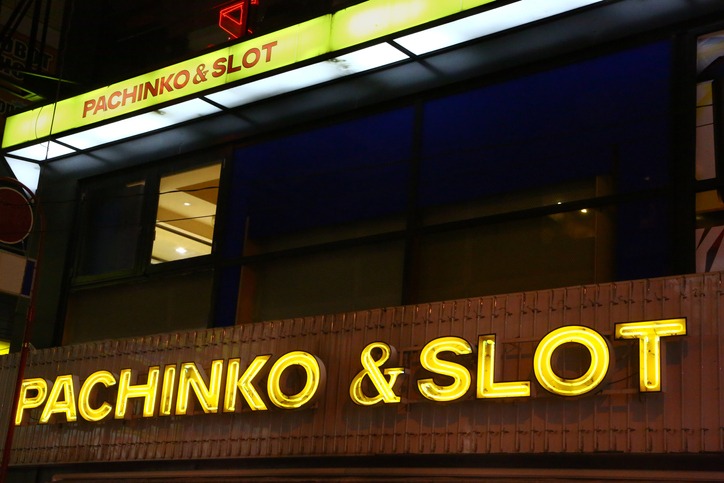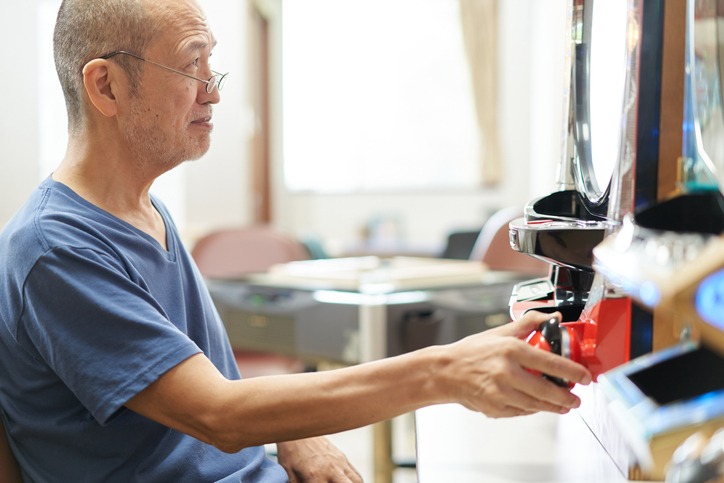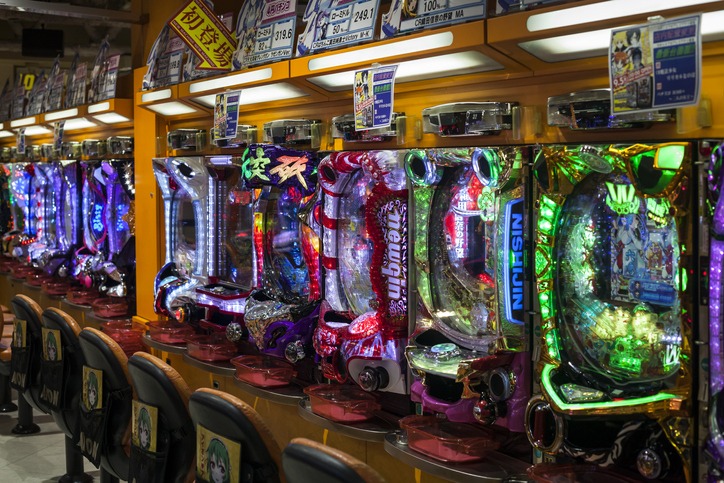Did you know that there are more pachinko parlors in Japan than there are Starbucks worldwide? This staggering statistic offers a window into the ubiquity and appeal of pachinko, a cornerstone of Japanese gaming culture that blends tradition with modern entertainment.
As you explore the vibrant, noisy world of pachinko parlors, you’ll find yourself captivated by the intricate design of the machines and the unique blend of skill and luck they require. But there’s more to pachinko than just its gameplay. Stick around to uncover the layers of history and cultural significance that make pachinko much more than a mere pastime in Japan.
The Origins of Pachinko
Pachinko’s journey began in the early 20th century, inspired by Western pinball machines and eventually becoming a cornerstone of Japanese gaming culture. This game, deeply rooted in the entertainment landscape of Japan, emerged from a humble beginning. Its ancestor, the Corinthian Bagatelle, a children’s game from the US, laid the groundwork for what would become a quintessentially Japanese phenomenon.
By 1948, the first commercial pachinko parlor opened its doors in Nagoya, a significant milestone that marked the game’s widespread appeal. It wasn’t long before pachinko parlors dotted the Japanese landscape, becoming popular among locals and tourists alike. The allure of pachinko lies not just in its mechanics but in how it encapsulates aspects of Japanese culture, blending tradition, skill, and luck in a way that’s both unique and captivating.
As pachinko evolved, it absorbed elements of Japanese aesthetics and philosophy, transforming into more than just a game. It became a cultural icon, reflecting the nuances of Japanese gaming culture and its penchant for innovation and tradition. Today, pachinko stands as a testament to Japan’s creative spirit, a game popular among many, and a key player in the country’s entertainment industry.
How to Play Pachinko
To start playing pachinko, you’ll need to purchase metal balls, which are essential for navigating the game’s intricate maze and aiming for the winning pockets. These steel balls are your key to mastering a balance of skill and luck, as you aim to guide them into the right slots. Here’s a quick rundown on how to get started:
- Understanding the Objective: Your main goal is to control the speed of the balls, aiming to get them into specific pockets that trigger the slot machine feature.
- Navigating the Maze: Use the machine’s knobs to adjust the power of your shot. It’s all about the timing and precision to navigate the steel balls through the maze.
- Maximizing Rewards: Successfully landing a ball in a winning pocket can award you additional balls. Mastering the timing and learning the patterns of the machine is crucial.
Pachinko combines elements of skill and luck, making it a unique and challenging experience. Whether you’re playing on a traditional mechanical machine or trying out the newer digital versions with features like ‘kakuhen’ and ‘jitan’, you’ll find that mastering pachinko takes time and patience. Remember, each pachinko parlor has a diverse array of machines, each with its own complexity and style.
Pachinko Parlors Unveiled
After mastering the basics of playing pachinko, you’ll find the vibrant world of pachinko parlors offers a thrilling backdrop to test your skills. These establishments, buzzing with energy, aren’t just about vertical playing; they’re a cultural phenomenon popular in Japan, bringing together people of all ages in a shared love for the game.
As you step into a pachinko parlor, you’re greeted by an almost overwhelming sensory overload. Flashing lights and ringing bells fill the air, accompanied by the distinctive sound of steel balls clashing. This dynamic and immersive environment is designed to enhance your gaming experience, making every visit unforgettable.
Pachinko parlors are more than just places to play; they’re bustling social hubs where the excitement never fades. The rows upon rows of machines offer endless opportunities for players to engage in this skill-based game, each hoping to outdo the others. It’s this unique blend of competition and camaraderie that makes visiting a pachinko parlor an essential part of experiencing Japanese gaming culture.
Whether you’re a seasoned player or a curious newcomer, the world of pachinko parlors awaits to dazzle and entertain you.
Pachinko’s Cultural Significance
Stepping into the world of pachinko, you’ll quickly discover its profound cultural significance, deeply rooted in Japanese tradition and society. This isn’t just a gambling game; it’s a cultural phenomenon that embodies the resilience and spirit of the Japanese community. Unlike the pinball machines you might be familiar with, pachinko represents a unique blend of tradition, skill, and chance, making it a staple in the fabric of Japanese culture.
Here’s why pachinko stands as a significant cultural marker:
- Fusion of History and Modern Entertainment: Pachinko mirrors the evolution of Japanese society, intertwining centuries-old traditions with contemporary gaming culture.
- Community and Social Hub: Pachinko parlors serve as vibrant gathering places, where people from all walks of life come together, sharing in the excitement and camaraderie that the game fosters.
- Cultural Resilience: Through its enduring popularity and presence, pachinko exemplifies the distinctive aspects of Japanese cultural identity, reflecting an unyielding spirit amidst changing times.
Pachinko’s significance extends beyond being a mere game; it’s a cultural touchstone that continues to captivate and unite generations, demonstrating the unique character and enduring legacy of Japanese culture.
Trends in Modern Pachinko
How have modern pachinko machines revolutionized the traditional gaming experience?
Well, if you’ve walked into a pachinko parlor recently, you’ve seen the transformation firsthand. The modern Pachinko machines, with their advanced digital displays and immersive sound effects, have elevated the game to new heights. It’s not just about watching metal balls cascade down anymore; it’s an experience that pulls you in with visuals and sounds that rival those of top video games.
The Pachinko industry has smartly evolved, incorporating elements of video games and tapping into popular media franchises. By integrating themes from beloved anime and video games, these machines have broadened their appeal, attracting not just the older generation but younger players as well. This fusion of traditional gameplay with modern entertainment hasn’t only preserved but reinvigorated the pachinko culture.
Despite these advancements, skill in gameplay remains a cornerstone of the Pachinko experience. This aspect sets it apart from conventional slot machines, offering depth and engagement that keep players coming back. The revenue figures speak volumes, with the modern Pachinko industry outstripping even major gambling hubs. This blend of innovation and tradition keeps the game deeply rooted in Japanese culture while propelling it into the future.
Conclusion
As you’ve seen, pachinko isn’t just a game; it’s a vibrant part of Japanese culture. From its humble beginnings to the flashy parlors of today, it’s managed to capture the hearts of many. Whether you’re aiming those steel balls for the win or soaking in the lively atmosphere, pachinko offers a unique blend of tradition, skill, and luck.
So next time you’re in Japan, don’t miss out on experiencing this quintessential aspect of Japanese gaming culture firsthand. It’s an adventure you won’t forget.




